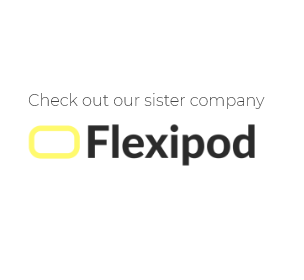The custodian decides which information should be transferred to a group or individual and which should not. Here, the guardians are the decision-makers who leave behind the entire social system. The guardian has his own social, cultural, ethical and political influence. Based on personal or social influences, they transmit the information to the group. Through this process, unwanted, sensitive and controversial information is removed from the custodian, which helps to control the company or a group and put it on the right track. At home, the mother plays the crucial role and she has to decide what her child needs and what to avoid. Colin Peacock (2016) commented on the rise of clickbait in our media environment when he explained that “the need to attract as wide an audience as possible online encourages the media to sometimes give pride of place to some pretty cheap and nasty things, which can be fun, but it doesn`t make them too flashy, but it`s more of a struggle, “With today`s fast-paced and competitive media environment, there has been a significant increase in these social media channels that create outlets where anyone can be a journalist. So why do we still need guardian journalists? The public needs reliable, intelligent and relevant sources to turn to to receive news, which creates a push to deregulate clickbait and fake news in the media. There is a need for guardian journalists, especially due to the high rates of consumption of clickbait, fake news, and non-journalistic social media sites.
Indeed, professional journalists must exercise control over the construction of information, as there must be a regulated system that the public can access for educational and current news (Groshek & Tandoc, 2016). Peacock (2016) pointed out that the lure of the click can be the death of journalism and that good journalism is “systematically obscured”. This is due to clickable stories that leave an uneducated and misinformed audience. Fake news comes with the lure of click and is now more present than ever in this social media environment. Content from Facebook and similar social media sites is shared among users without a guard to filter, review, and modify information that spreads in these environments (Allcott & Gentzkow, 2017). A recent poll found that 62% of American adults get their news from social media, and with the epidemic of fake news surrounding the 2016 U.S. election, Trump would never have been elected without the fake articles that controlled the polls (Allcott & Gentzkow, 2017). Fake news has resulted in many social and economic costs, as it is problematic for consumers who believe everything they read, preventing them from interpreting the world truthfully, which then affects their vote in elections (Allcott & Gentzkow, 2017). This access control update also includes a number of classifications, including the basics of access control, the mechanisms used in network control, and the types of authority of network custodians. Gatekeeping was one of many theories applied to the new academic field of the Doctorate of Communication, Mass Communication and Journalism in the 1950s and 1960s. During this time, the first doctorates in communication were completed.
Many graduates became university professors who had to teach and study their new subject. They were influenced by the theories introduced by their doctoral faculty, which came from the social sciences, especially psychology, sociology, social psychology, political science and anthropology. It is therefore no coincidence that the father of gatekeeping, Kurt Lewin, was a psychologist turned social psychologist. This interdisciplinary perspective of the social sciences has extended the study of mass communication beyond the narrow boundaries of career-oriented journalism schools. The first texts mentioned in this section illustrate the type of scientific work that took place in the same period when control was proposed and that influenced interpretation. In 1927, Harold Lasswell published a study of propaganda campaigns during World War I to better understand the decision-making processes by which these materials evolved. This study created the conditions for further advances in control research. Lewin`s theory of control was presented about twenty years later in a two-part article in Human Relations (Lewin 1947). In this paper, Lewin introduced access control theory to conceptualize household food consumption practices after World War II. However, in his findings, Lewin notes that this type of understanding could also be applied to media and news consumption. Shortly after the introduction of gatekeeping, the authors of Hovland et al.
in 1953 examined the context of belief and its characteristics, revealing the influence of guardians on the creation of short stories and its implications. Further research on decision-making can be found in Lazarsfeld and Katz 1955, which hypothetically established the flow of communication in two stages, namely that information flows from top to bottom from the media to opinion leaders to the general population. .







